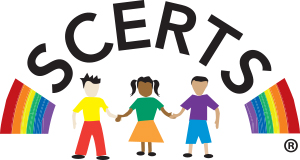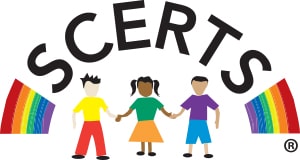The SCERTS® Model

Tool name
SCERTS®
Use to evaluate
The SCERTS Assessment Process (SAP) addresses 3 domains: social communication, emotional regulation, and transactional support
Completed by
Professionals and caregivers work collaboratively in educational, home, and community settings
Time commitment
Initially, and then quarterly to track progress and make adjustments
How can you enhance the social and communication skills of children with ASD?
Follow the SCERTS® Model to make strides toward priority goals
The SCERTS® Model is a comprehensive, multidisciplinary approach to enhancing the communication and socioemotional abilities of young children with autism spectrum disorder. SCERTS® refers to Social Communication, Emotional Regulation, and Transactional Support, which are priority goals in supporting the development of children with ASD and their families.
The SCERTS approach recognizes that the most meaningful learning experiences occur in everyday activities within family and school contexts. Therefore, efforts to support a child’s development occur with a variety of partners (e.g., parents, other caregivers, brothers and sisters, other children) in everyday routines.
Benefits
- comprehensive, multidisciplinary approach to assessing and planning interventions
- enhances the communication and social-emotional abilities of preschool and elementary school children with autism spectrum disorders
Developers
What You'll Need

Includes
Volume I: Assessment
Volume II: Intervention

